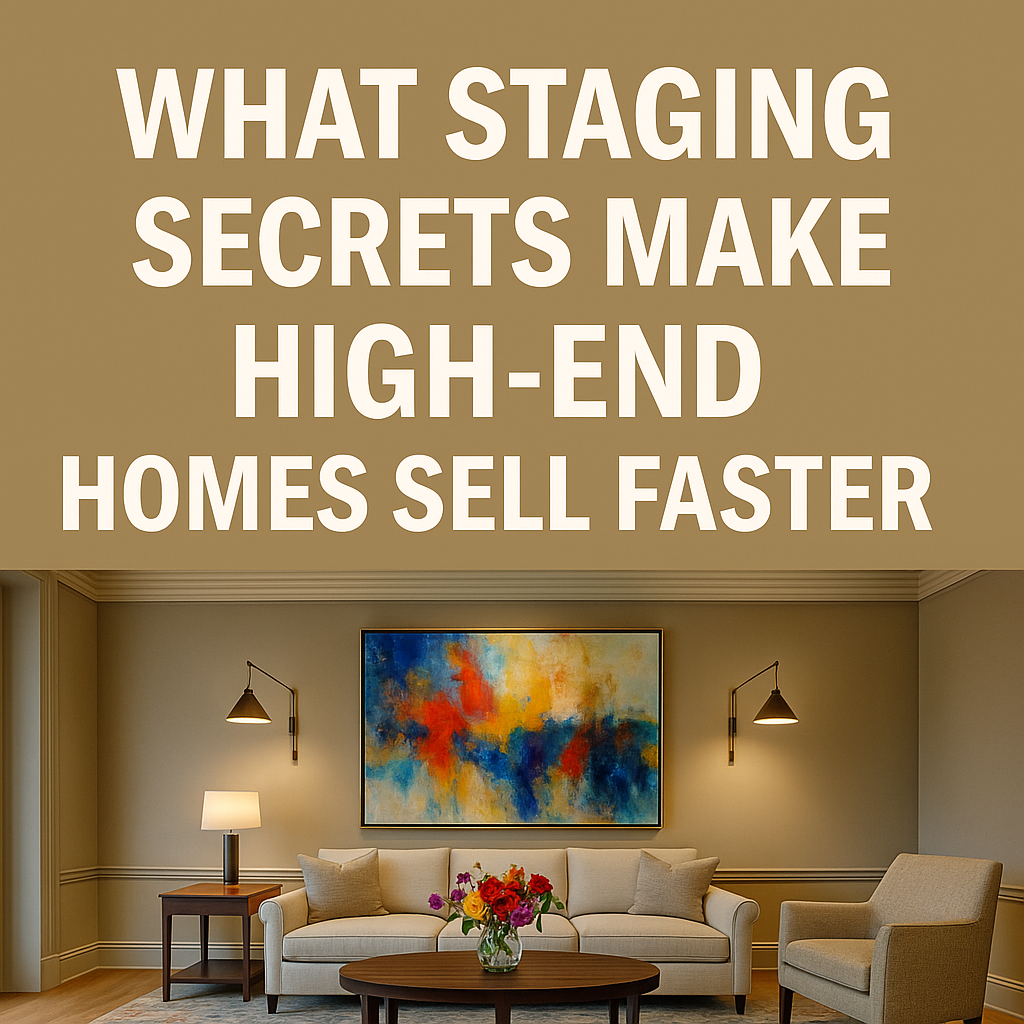Key Takeaways
Professionally staged luxury homes sell 73% faster and generate 3-10x return on staging investment compared to unstaged properties
Large-scale art and sophisticated décor create immediate luxury perception that appeals to affluent buyers seeking move in ready properties
Strategic lighting design and architectural feature highlighting differentiate high-end properties from standard market listings
Premium outdoor staging and lifestyle touches help potential buyers envision luxury living experiences and emotional connection to the space
Professional photography and virtual staging technologies maximize online impact for luxury market exposure and attract qualified home buyers
The Luxury Staging Advantage: Why High-End Homes Need Different Strategies
In the competitive luxury real estate market, staging secrets can mean the difference between a property that languishes and one that commands top dollar. Statistics reveal that professionally staged luxury properties spend 73% less time on market compared to unstaged homes, while generating a remarkable 3-10x return on staging investment for high-end properties.
The psychology of affluent buyers differs significantly from typical home buyers. These potential buyers expect move in ready luxury and curated lifestyle presentation that reflects their own style and aspirations. A staged home, professionally prepared with carefully arranged furniture and decor, appeals to affluent buyers by transforming spaces into inviting environments that highlight the property’s best features.
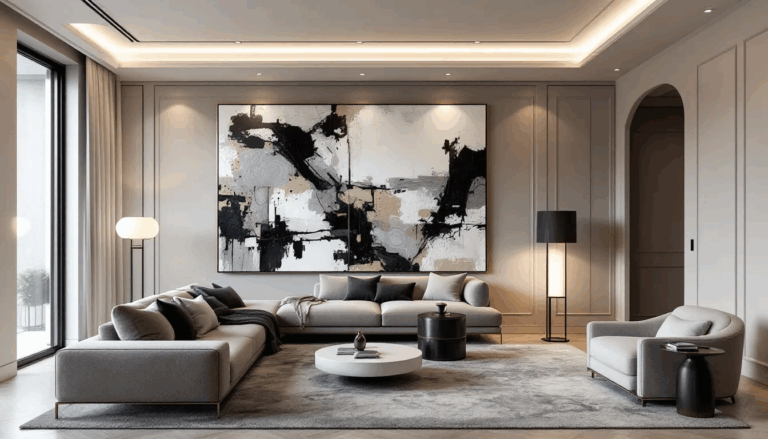
Professional staging justifies premium pricing and prevents price reductions in competitive luxury markets. When buyers perceive a property as meticulously maintained and thoughtfully designed, they’re more willing to pay asking price or even above. The staging efforts create perceived value that translates directly into more money for sellers.
A real estate agent specializing in luxury properties explains that unstaged high-end homes often receive lower offers because buyers factor in the cost and effort of furnishing and decorating such large spaces. When a house is professionally staged, potential buyers can immediately imagine themselves living the dream home lifestyle.
Understanding Curb Appeal for Luxury Properties
Curb appeal is the first impression your luxury property makes on potential buyers—and in the high-end real estate market, that impression is everything. A beautifully landscaped front yard, vibrant colorful flowers, and a fresh coat of paint on the front door can instantly elevate the property’s appeal and set it apart from other listings. According to the Real Estate Staging Association, investing in curb appeal not only attracts more buyers but can also increase your property value, making it a smart move for sellers aiming for a quick and profitable sale.
A real estate agent with experience in luxury properties can offer tailored advice on how to maximize curb appeal, from selecting the right plants and landscaping features to choosing exterior finishes that complement the home’s architecture. Thoughtful touches like updated lighting, a welcoming front porch, and well-maintained walkways create an inviting atmosphere that draws buyers in before they even step inside. By prioritizing curb appeal, sellers can ensure their property stands out in a competitive market and makes a lasting impression that encourages buyers to envision themselves living there.
Preparing the Home for Staging: Setting the Stage for Success
Before the staging process begins, it’s essential to prepare your home by creating a neutral, welcoming environment that allows potential buyers to imagine their own style and family life in the space. This means removing personal items such as family photos and children’s artwork, which can distract buyers and make it harder for them to connect emotionally with the property. Depersonalizing the home helps highlight key features like high ceilings and abundant natural light, making the space feel open and inviting.
A real estate agent or professional stager can guide sellers through this preparation phase, offering expert advice on how to showcase the property’s best attributes and create a sense of flow throughout each room. By thoughtfully arranging furniture and decor, sellers can draw attention to architectural details and create a sense of functionality that appeals to a wide range of buyers. Setting the stage for success is an essential step in the selling process, ensuring that the property appeals to potential buyers and stands out in the real estate market.
Create Immediate Luxury Impact with Large-Scale Art
One of the most powerful staging secrets for luxury homes involves using oversized artwork measuring 48+ inches to create sophistication and enhance space perception. Large art pieces immediately signal quality and investment to potential buyers while serving as focal points that define distinct zones within expansive floor plans.
Strategic placement techniques maximize visual impact in key areas. For example, placing a large-scale abstract painting above a living room sofa can anchor the seating area and draw the eye upward, emphasizing the room’s high ceilings. In entryways, oversized pieces create dramatic first impressions that set the tone for the entire property. Living areas benefit from large-scale art that anchors conversation spaces and draws attention to high ceilings. Open-concept spaces particularly benefit from large art that helps define areas without physical walls.
The investment in quality artwork pays dividends in buyer perception. While authentic pieces command higher rental fees for staging, quality reproductions can achieve similar visual impact at lower cost. The key is selecting pieces that complement the neutral color palette while adding visual interest through texture and sophisticated composition.
Professional stagers often coordinate art selection with the property’s architectural features. A contemporary abstract piece might highlight sleek modern lines, while classical landscapes complement traditional millwork and detailed moldings. The art becomes part of the narrative that helps buyers connect emotionally with the space.
Master Lighting Design for Luxury Appeal
Lighting design separates luxury staged homes from standard market properties. The layered lighting approach combines overhead illumination, accent lighting, and ambient systems to create customizable environments that appeal to sophisticated buyers.
Installing dimmer switches and smart lighting controls allows for dramatic ambiance adjustments during showings. Potential buyers immediately recognize the investment in quality systems and appreciate the ability to customize lighting for different activities and times of day. This technology integration signals that the property offers modern conveniences wrapped in luxury presentation.
Strategic lighting highlights architectural features that justify premium pricing. Dramatic uplighting emphasizes high ceilings and vertical space, while accent lighting showcases custom millwork, statement fireplaces, and built-in features. Well lit spaces feel more spacious and inviting than homes relying solely on natural light.
Maximizing natural light requires professional window treatments that frame views while maintaining privacy. Large mirrors strategically placed opposite windows amplify available light and create the illusion of even more space. The combination of natural and artificial lighting creates depth and warmth that makes potential buyers want to linger in each room.
Sophisticated Color Palettes and Premium Materials
Luxury staging demands a sophisticated neutral color palette that includes warm whites, soft grays, and refined earth tones. These colors create a backdrop that allows architectural features and high-end finishes to shine while appealing to diverse buyer preferences. In luxury staging, bold colors should generally be avoided, as they can be distracting and make it harder for buyers to envision themselves in the space. A fresh coat of paint in the right shade can transform a space from ordinary to extraordinary.
Premium materials signal quality and justify luxury pricing. Incorporating texture through high-quality fabrics like cashmere throws, silk pillows, and fine linens creates tactile luxury that buyers notice immediately. These touches suggest the level of quality and comfort they can expect throughout the property.
Natural materials including marble accessories, hardwood elements, and stone features reinforce the luxury narrative. These materials age beautifully and suggest long-term value, important considerations for buyers making significant property investments. The combination of natural and refined materials creates sophisticated visual interest without overwhelming the space.
Strategic color pops using deep jewel tones or muted metallics add personality while maintaining broad appeal. A single statement piece in rich navy or emerald can anchor a room without alienating potential buyers who prefer different palettes. These accent colors should complement rather than compete with the home’s architectural features.
Scale and Space Optimization for Luxury Properties
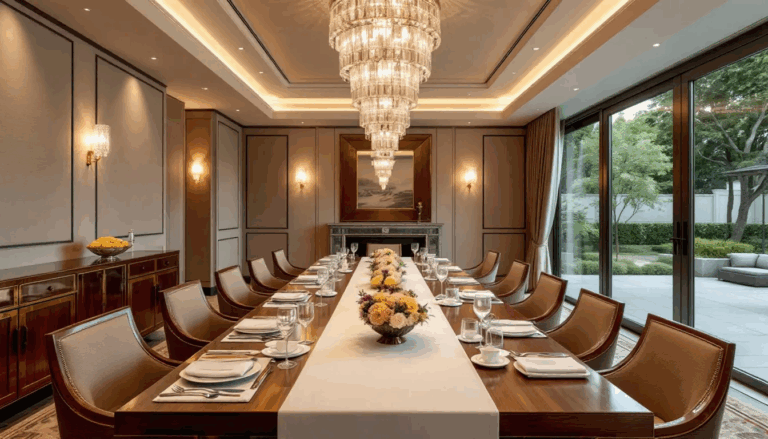
Selecting appropriately scaled furniture for grand rooms and high ceilings prevents luxury homes from feeling empty or imposing. Oversized pieces that would overwhelm standard homes become essential for filling luxury spaces proportionally. A large sofa arrangement or substantial dining table helps buyers understand how to use expansive areas effectively.
Creating intimate conversation areas within large open spaces makes luxury homes feel livable rather than museum-like. Strategic furniture groupings using area rugs to define spaces help potential buyers envision how they would use each zone for daily life and entertainment. These distinct zones maximize the appeal of square footage by showing multiple functions.
Decluttering techniques specific to luxury homes require removing extensive collections and personal items that can overwhelm buyers. While standard homes benefit from removing family photos and children’s artwork, luxury properties often contain substantial art collections, books, and decorative objects that need careful editing. The goal is creating space that feels curated rather than cluttered.
Balancing spaciousness with cozy livability prevents luxury homes from feeling cold or uninviting. Soft textiles, warm lighting, and thoughtful accessories create welcoming environments that encourage potential buyers to imagine their own family life in the space. This emotional connection often drives purchase decisions in the luxury market.
Premium Outdoor Staging and Lifestyle Spaces
Outdoor staging for luxury properties extends the living space and showcases lifestyle opportunities that justify premium pricing. Staging luxury outdoor kitchens with high-end appliances, elegant serving pieces, and fresh elements demonstrates the entertaining potential that affluent buyers seek. Don’t forget that staging outdoor spaces is just as important as interior presentation—these areas can significantly influence a buyer’s perception and should never be overlooked.
Creating resort-style poolside and patio staging with high-end outdoor furniture transforms yards into private retreats. Comfortable seating arrangements, weather-resistant textiles, and decorative elements like colorful flowers in sophisticated planters create inviting spaces that suggest year-round enjoyment. These areas become focal points that differentiate properties from competitors.
Seasonal staging techniques ensure year-round outdoor appeal regardless of showing timing. Professional landscaping with evergreen elements, quality outdoor lighting, and weatherproof décor maintain visual impact during less favorable seasons. The front porch and main entrance receive particular attention as they create crucial first impressions for curb appeal.
Highlighting privacy features and mature landscaping emphasizes the exclusive feel that luxury buyers value. Strategic placement of seating to showcase views while maintaining intimacy demonstrates how outdoor spaces can serve as extensions of interior living areas. This connection between indoor and outdoor living adds perceived value to the entire property.
Luxury Lifestyle Touches That Sell Dreams
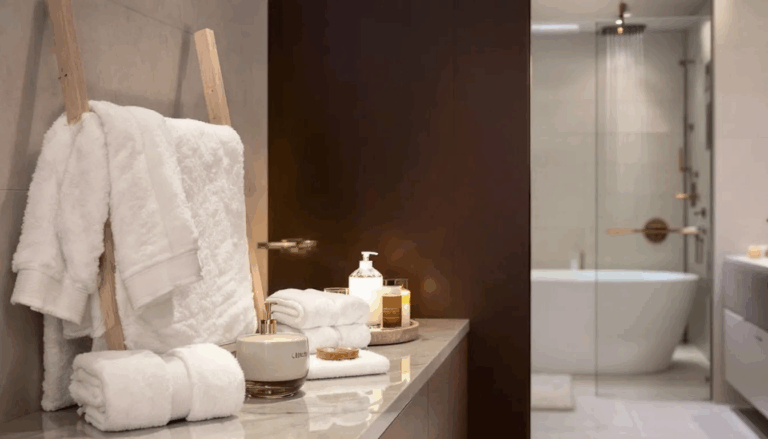
Spa-inspired bathroom staging with premium toiletries, fluffy towels, and subtle lighting creates an immediate luxury impression. Fresh flowers, high-quality bath products, and perfectly folded linens suggest the daily luxury experience that comes with owning the property. These touches are relatively inexpensive but create significant perceived value.
Gourmet kitchen staging featuring high-end appliances and thoughtful accessories appeals to buyers who value culinary experiences. Cookbooks, fresh ingredients, and quality serving pieces suggest the sophisticated entertaining and daily living possibilities. The staging should highlight key features like custom cabinetry, premium appliances, and ample counter space.
Home office and wine cellar staging address affluent lifestyle priorities including remote work capabilities and entertaining infrastructure. A well-appointed office suggests productivity and success, while a properly staged wine cellar demonstrates sophisticated entertaining potential. These spaces often serve as deciding factors for luxury buyers.
Adding subtle luxury scents like cedar, sandalwood, or high-end candles creates multisensory experiences that enhance buyer memory and emotional connection. Scents should be subtle and sophisticated, avoiding anything that might seem off putting or overwhelming. The goal is creating an atmosphere that feels naturally luxurious rather than artificially enhanced.
Keeping the Home Fresh and Updated Throughout the Selling Process
Maintaining a staged home’s appeal is just as important as the initial staging itself. Throughout the selling process, it’s crucial to keep the property looking fresh, clean, and well lit to ensure buyers perceive it as move in ready and desirable. Regularly tidying up, decluttering, and adding fresh flowers or greenery can breathe new life into the space and create a welcoming atmosphere for every showing.
Small updates, such as touching up paint or making minor repairs, can have a big impact on how buyers view the property. A bright, airy environment not only enhances the sense of space but also leaves a positive impression that can help sellers achieve top dollar. Consulting with a real estate agent can provide valuable feedback on maintaining the home’s competitive edge in the market, ensuring that the property continues to attract potential buyers and stands out among other listings. By investing in ongoing upkeep, sellers can create a sense of care and attention that resonates with buyers and supports a successful sale.
Final Staging Touches: The Details That Make a Difference
The final touches in home staging are what truly set a property apart and can be the deciding factor for buyers envisioning their dream home. Thoughtful details—like strategically placed area rugs to define distinct zones, or a statement piece such as a bold sofa or striking artwork—create focal points that draw attention and add visual interest to each space. These elements help buyers perceive the property as both luxurious and inviting, making it easier for them to imagine themselves living there.
A real estate agent or professional stager can offer expert guidance on selecting the right accessories and arranging them to maximize appeal. Whether it’s adding decorative pillows, layering textures, or incorporating unique decor, these finishing touches create a sense of warmth and sophistication that appeals to potential buyers. By focusing on the details, sellers can ensure their property feels complete and move in ready, increasing the likelihood of a quick sale at a higher price point. The right staging touches not only enhance the overall sense of space but also help buyers connect emotionally, turning a beautiful house into their future home.
Professional Services for Maximum Impact
Deciding when to invest in professional stagers versus DIY approaches requires considering the property value and target market expectations. For luxury properties valued above $1 million, professional staging becomes essential rather than optional. The expertise in selecting appropriate furnishings, art, and accessories justifies the investment through faster sales and higher sale prices.
Professional photography and virtual tour technology maximize the impact of staging efforts by ensuring online presentations match the in-person experience. High-quality images highlighting staging details attract more qualified potential buyers and generate increased foot traffic to showings. These marketing materials often provide the first impression for out-of-state or international buyers.
Virtual staging options offer cost-effective solutions for vacant luxury properties, allowing buyers to visualize potential while reducing carrying costs. However, virtual staging should complement rather than replace physical staging in key areas where buyers spend the most time. The combination approach maximizes impact while managing costs.
Working with local luxury market experts ensures staging aligns with regional buyer preferences and current trends. A real estate staging association member understands nuances of local luxury markets and can adapt staging approaches accordingly. Their expertise in current trends and buyer psychology proves invaluable for achieving optimal results.
Targeting the Luxury Buyer Psychology
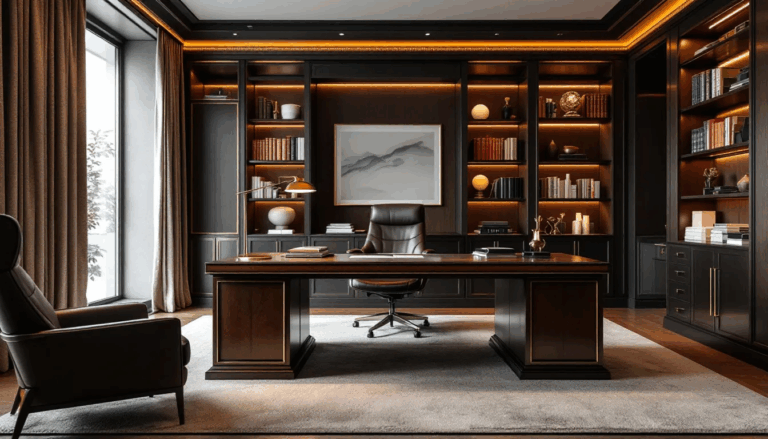
Understanding affluent buyer motivations reveals that luxury purchases involve both logical and emotional decision-making processes. These buyers seek properties that reflect their success and provide environments for the lifestyle they’ve worked to achieve. The staging must appeal to both practical needs and aspirational desires.
Creating emotional connections through aspirational lifestyle staging helps buyers envision their ideal daily routines and special occasions in the space. The staging should suggest sophistication, comfort, and success while remaining approachable and livable. This balance between luxury and livability often determines buyer interest.
Depersonalization strategies for luxury homes must maintain appeal without creating sterile environments. Removing family photos and overly personal decorative items while retaining warmth and character requires skill and experience. The space should feel curated and sophisticated rather than empty or cold.
Staging for specific luxury buyer demographics requires understanding different priorities and preferences. Young executives might prioritize home office spaces and modern amenities, while retirees may focus on single-level living and low-maintenance features. Investors often evaluate rental potential and broad market appeal. Tailoring staging approaches to likely buyer profiles increases success rates.
Most cases benefit from professional guidance given the investment involved and the expectations of luxury market buyers. The real estate market rewards properties that stand out positively while punishing those that fall short of buyer expectations. Professional staging helps ensure properties make the right impression and achieve optimal sale results.
In conclusion, these staging secrets make high end homes sell faster by creating immediate luxury impressions, highlighting unique features, and helping buyers envision their ideal lifestyle. The investment in professional staging, quality furnishings, and thoughtful details generates substantial returns through faster sales and premium pricing in the competitive luxury market.
FAQ
How much should I budget for staging a luxury home?
Professional luxury staging typically costs 1-3% of home value but can generate 3-10x ROI through faster sales and higher prices. For a $2 million home, expect $20,000-$60,000 for full professional staging including furniture rental, art, and accessories. The investment pays for itself through reduced carrying costs and optimized sale prices.
Is virtual staging effective for high-end properties?
Virtual staging works well for vacant luxury homes to help buyers visualize potential, but should be combined with some physical staging for key areas like the main living spaces and master bedroom. Always disclose virtual elements in listings, and ensure virtual staging reflects realistic luxury furnishing standards that match the property’s caliber.
What’s the biggest staging mistake in luxury homes?
Using furniture and décor that’s too small for the scale of luxury rooms, making spaces feel empty or cheap. Luxury homes need appropriately scaled, high-quality pieces that match the home’s architectural grandeur and price point. Undersized furniture creates negative perception about the property’s value and sophistication.
How long does luxury home staging typically take?
Professional luxury staging usually takes 3-5 days for installation after 1-2 weeks of planning and sourcing quality pieces. The staging should remain in place throughout the selling period, which averages 40-90 days for luxury properties depending on market conditions. The timeline allows for proper coordination of high-end furnishings and accessories.
Should I stage my luxury home’s secondary bedrooms?
Yes, every room in a luxury home should be staged to show purpose and potential. Transform spare bedrooms into home offices, guest suites, or hobby rooms that reflect affluent lifestyle uses. Empty rooms suggest wasted space in high-end properties where buyers expect to maximize their substantial investment in square footage.

